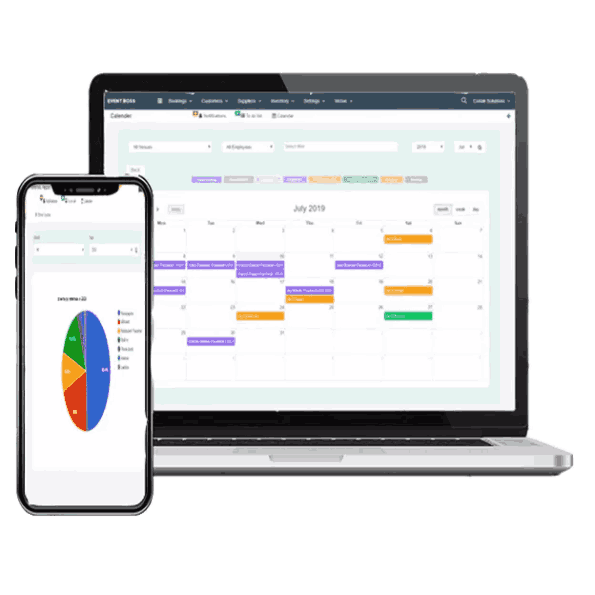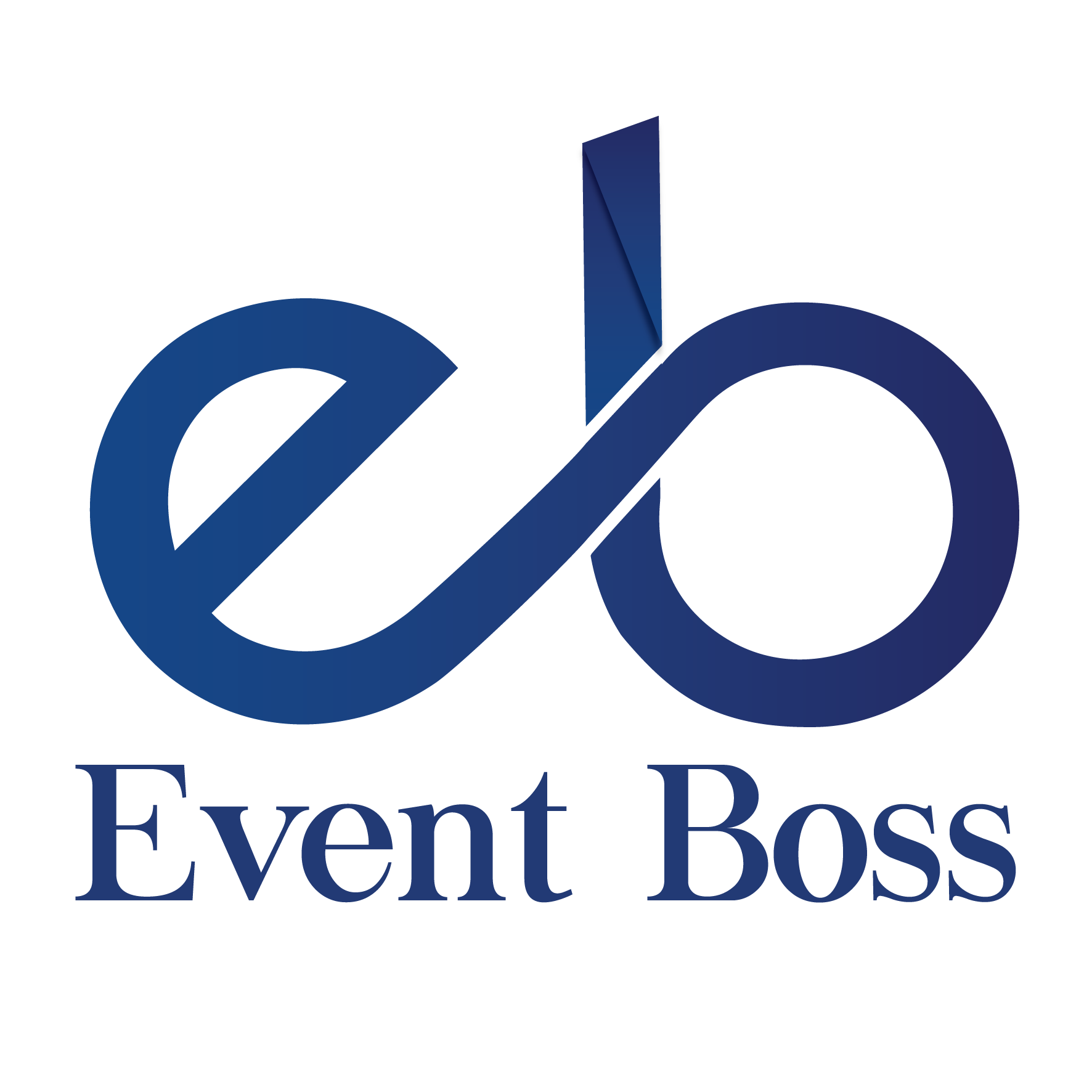The Wedding Industry and
Internet-of-Things System
The wedding industry is composed of a variety of service establishments that work cooperatively to create a wedding event.
In a rapidly changing market, industry leaders are leveraging the power of automation to stay competitive, but staying ahead of the pack requires changes to daily behaviours in order to focus on higher-level strategic work.
We’re now able to analyse higher volumes of data, output clearer insights and provide more opportunities than ever before. The omnipresent Internet-of-Things ecosystem continues to find new ways to connect personal devices with just about every household appliance. However, many in the wedding industry still rely on limited processes and technology – to the detriment of their productivity and bottom-line revenues.


The next
Generation
A new era of machine and software collaboration is already here, with innovations hitting the market at breakneck speed – and with each new piece of innovation, it becomes clearer the human brain can no longer keep up with the influx of data being generated.
Simultaneously, a new wave of disruptive tech newcomers are making customer experience more personalised, leading the way toward greater customer engagement and satisfaction.
Now is the time to tap into the additional power you can gain by fully leveraging automation and technology. The convergence of technology and automation into our daily lives has become the norm, particularly as it relates to the customer experience.
Though traditional vows have been customary, in recent years couples often been choosing to create their own vows. In all cases, however there is a given symbol of unity and devotion between both parties, this symbol may be in the form of a rings, flowers, money, or other symbolic offerings as in the Hindu culture it is a neckless. In addition, the master of ceremonies involved in the wedding will usually issue statement proclaiming the parties to be legally married. Celebrations frequently follow the wedding ceremony.
Automating Event
Management
Wedding events have been managed through manual controls for decades. However, compared to a decade ago, many revenue technology providers haven’t improved these fixed controls and with their day-to-day responsibilities, the wedding industry often has limited time for strategy, especially if they’re manually managing events.
Manual implementation of events is time-consuming and hinders productivity. Modern, advanced technologies, however, use analytics to deploy an automated strategy that not only improves profits but also productivity.
Automated pricing and inventory decisions, for instance, continually optimise and automatically deploy to integrated selling systems. This gives time back in the revenue manager’s day to focus where it’s needed – on strategic opportunities to drive profitability.
With unique demand for room types, revenue technology needs to support different buying behaviours by analytically determining ideal prices, inventory controls and overbooking strategies for different room types. If rates are managed independently from inventory controls, profit is sacrificed in the process.


More is Not
Necessarily Better
In order to gain the best results, hoteliers need the best data. As the industry continues to leverage evolving data sources, hotels need to be mindful that ‘more data’ doesn’t necessarily equate itself with ‘better data’.
While machines now have more sources from which to learn, are they learning or are they causing hotels to work harder to decipher all the extra data?
Let’s think about a well-established data source that can inform a revenue strategy. Sliced and diced in different ways, you can look at data by arrival date, channel, source, segment and more. However, few systems leverage the data as part of their process to ensure strategy is also optimised against price and inventory in the market.
A high-performance revenue management solution that analytically determines decisions, like pricing and inventory controls, must be able to generate a price that both anticipates and adapts to market fluctuations.
It should understand the impacts of a particular price on actualised revenue. If demand can influence price, and price can influence demand, it stands to reason a machine-learning tool should also understand that relationship and better optimise pricing to secure the optimal mix of business from the demand.
But when forecast demand is solely based on the price you set, you never truly understand what the optimal outcome is or what impact that may have on another rate derived from the price you set (e.g., an advance purchase rate). In this case, your machine isn’t learning – it’s just a more expensive rate distribution tool.
How do you want
your data delivered?
Hoteliers must decide if they want a sophisticated machine-learning tool that analytically determines decisions, or a tool that requires manual rules be set.
Similar to the apprehension felt when automated decisions were originally introduced, many hotels are sceptical about the benefits of machine learning and automation, especially since their business relies heavily on human interactions.
However, machine learning should be considered as another opportunity to better analyse all available data – something manual or spreadsheet-based environments simply cannot provide.


What’s
next?
It’s essential that you consider how important it is to build a solid analytical foundation for optimal forecasting and establishing the right rates. With phrases like ‘big data’ and ‘analytics’ becoming increasingly important industry themes, it’s imperative hoteliers understand what those capabilities can bring.
Today’s revenue technology offers intuitive, user-friendly designs, innovative interfaces, customised reports and useful functionality. However, digging deeper into their analytics and asking technology providers tough questions will help identify key differences.
For example, many revenue management systems only use one or two forecasting methods for transient and group business, taking a relatively general approach to analysing data. Other more sophisticated systems employ advanced analytics with hundreds of forecasting models to solve specific hotel challenges and produce extraordinary results.
These more advanced systems have the power to assess guest-price sensitivity while accounting for season, day of week, days to arrival, length of stay and more – in addition to managing rate availability, optimising stay patterns and strategic overbooking to drive revenue.
Another advancement emerging in the industry is in integrated distribution strategies and their intertwined relationships with sales, marketing, loyalty programs and revenue management.
The combination of systems, the right data, the right strategies, user interaction, machine learning and analytics will ultimately drive the best results for your hotel.
Ultimately, leveraging the power of true machine learning to build an automated profit strategy is the key to setting you apart from the competition.



